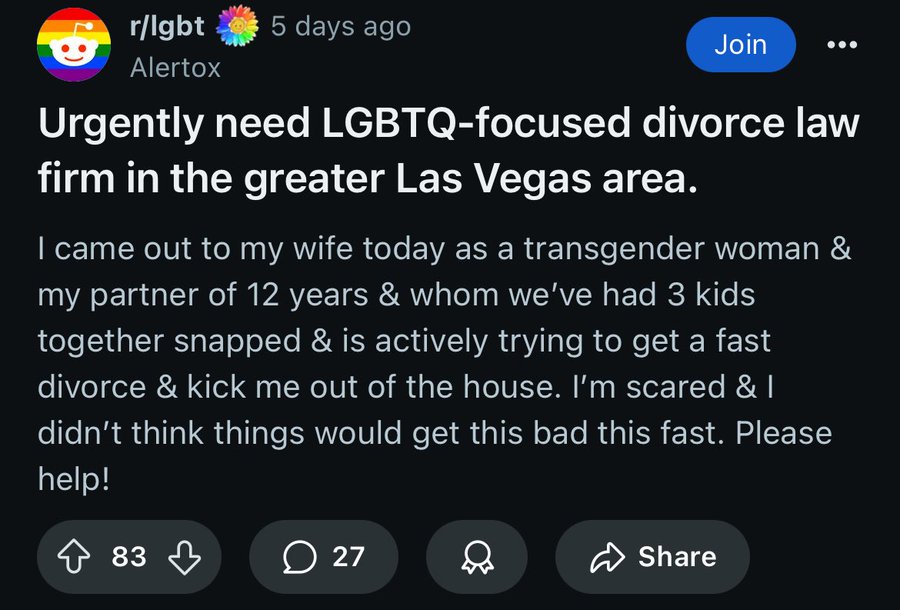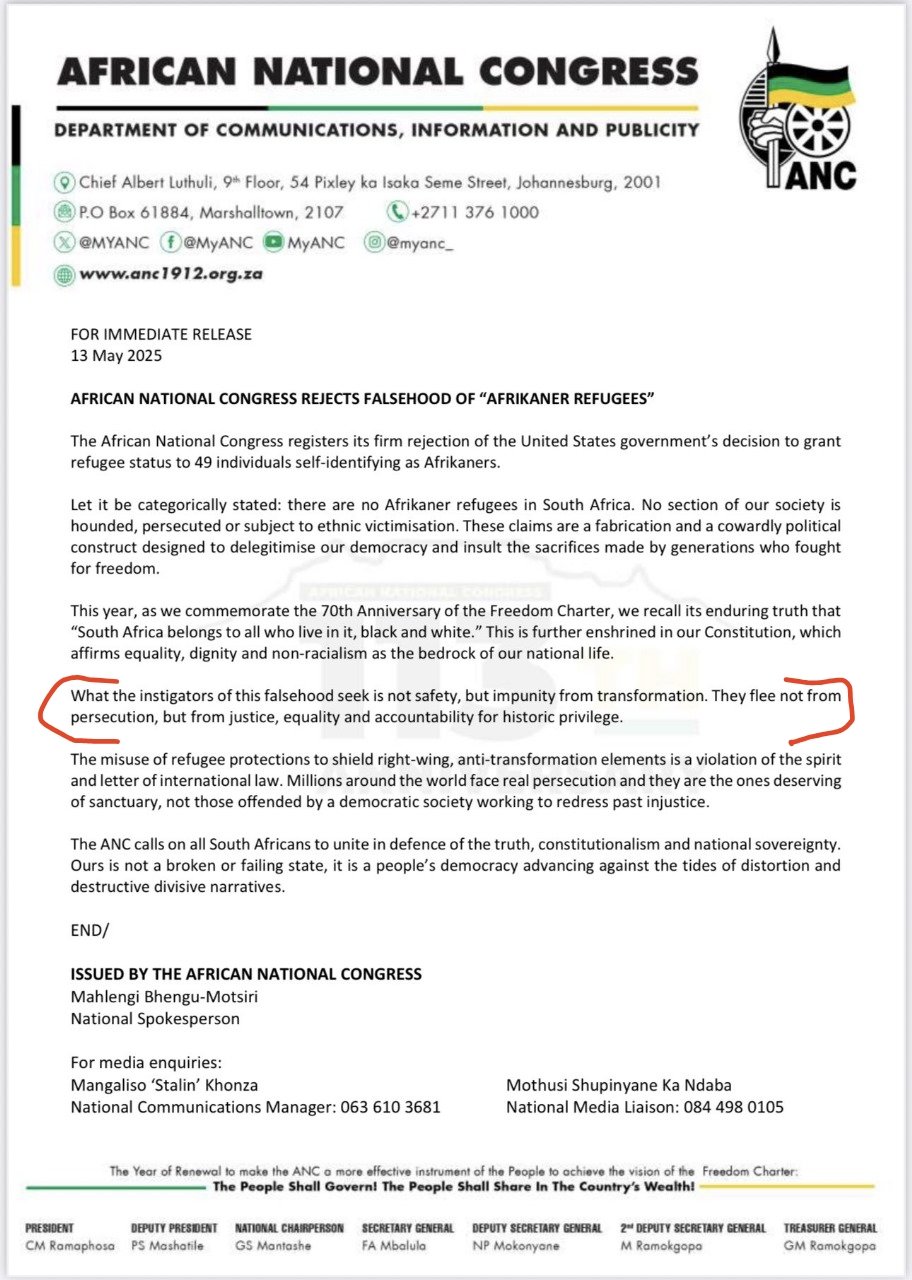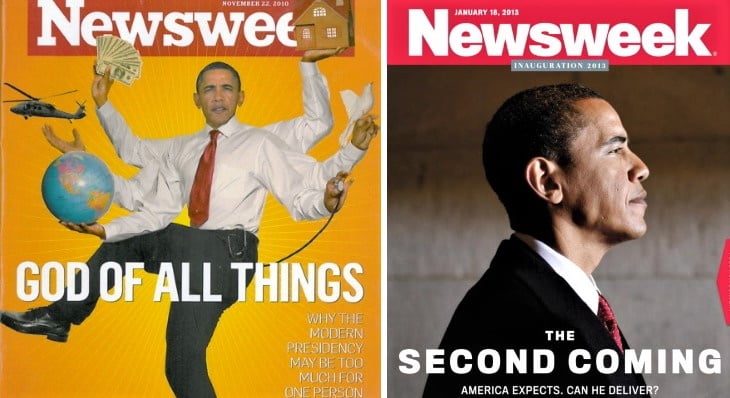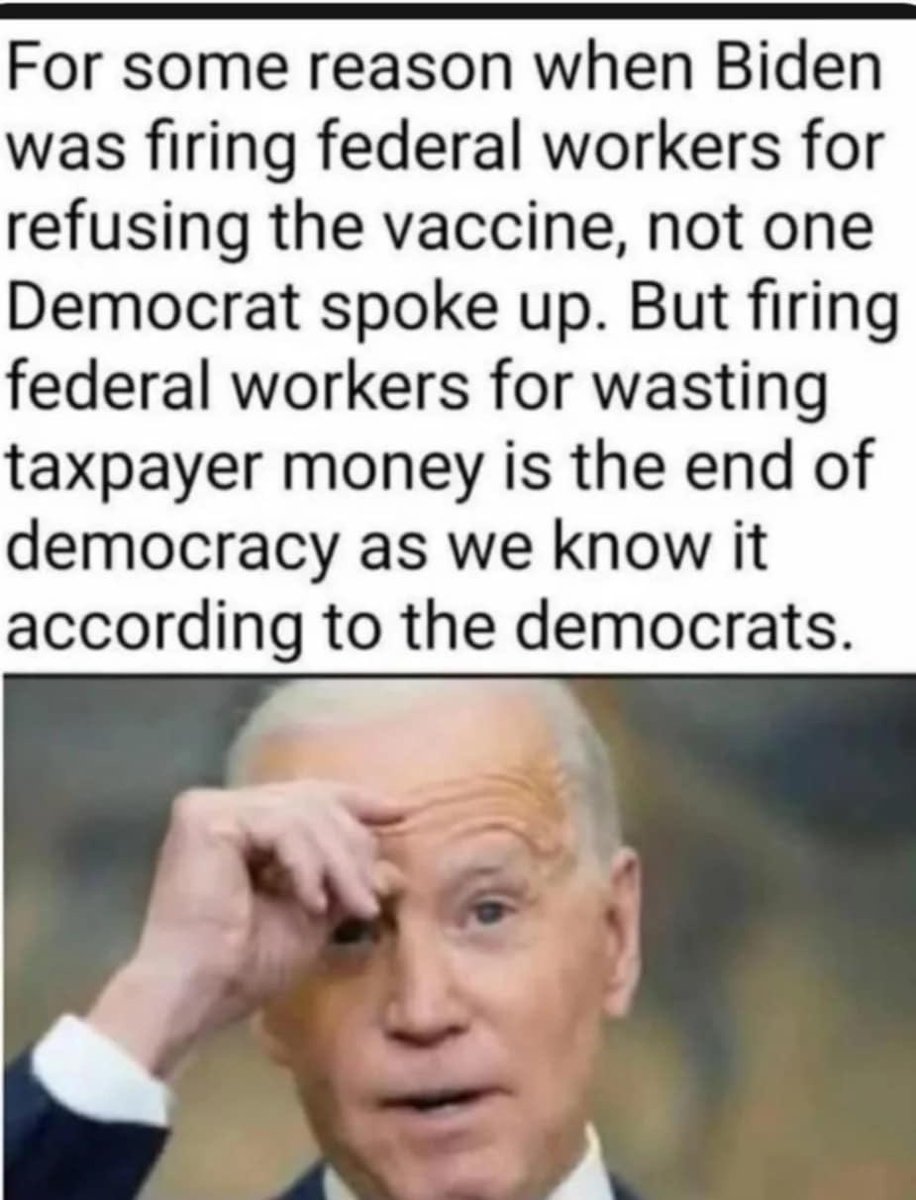The NY post sent someone to Minneapolis 5 years after the massive riots that caused destruction that is still visible in the city. They went to George Floyd Square which is marked by calls for "Revolution", trash in the streets, and businesses that have closed since 2020. (At least that's what it was when I drove through there recently) We've seen multiple local news reports that the area is a "no go zone" for the police and that the residents are sick of the lawlessness. BLM took their hundreds of millions and didn't do squat for the area, the city has done less. The fact that the same people/party are in charge of the city (and have been for decades) yet don't take responsibility or blame for what's happened under their stewardship is disgusting. In short, y'all made y'all's bed and now y'all need to lie in it. It's the politicians and the citizens of Minneapolis/Hennepin county that are responsible for this, yet somehow no one will acknowledge that. I guess being in power is pretty good, for those in power.
https://nypost.com/2025/05/16/us-news/minneapolis-still-broken-5-years-after-george-floyd-death/
MINNEAPOLIS — Five years after the death of George Floyd, and the racial rioting that caused almost $500 million in damages, the wounds have not healed.
During a week in the Twin Cities, The Post observed high tensions in
the middle of the George Floyd Square memorial between an angry local
black businessman and Floyd’s aunt, Angela Harrelson, which set the tone
for the rest of the visit.
Edwin Reed, 45, who owns an auto detailing shop nearby, confronted
Harrelson, 63, over what he claimed was the “scamming” of city and state
funds pledged for locals by outside groups after the riots.
The Floyd family, Reed noted, had gotten a $27 million settlement from the city in March 2021.
“I guess you don’t know what I know!” Reed shouted at a visibly
shocked Harrelson, who tried to humor Reed in an effort to calm him
down.
Reed told both Harrelson and The Post that his house was facing
foreclosure and he is about to lose his business because the area around
where Floyd died became a lawless, crime-ridden, no-go zone for three
years after his death — and customers stayed away. Nor did he see a
dime, he said, of the $125 million approved to help citizens like him in Minneapolis.
“It’s unbelievable what happened here,” Reed said, sometimes through
tears. “All those activists who claimed to be activists were only trying
to gain fame off George Floyd’s name. People were coming into town and
making money by selling shirts and hats and having these fake protests
while those of us from here suffered like collateral damage. It made me
so sick.”
“Black Lives Matter was never here,” Reed alleged, referencing the Black Lives Matter Global Network Foundation, the non-government organization that handles the raising, collecting and distribution of the money for the movement.
“I never saw them even one time. Everyone was just capitalizing off a
dead man. That’s what happened here and that’s what no one will tell
you.”
Hundreds poured into the streets in demonstrations that were often
called “peaceful protests” by the national media but were in fact
violent and destructive.
Buildings and businesses were torched and looted, while three days
after Floyd’s death, police had to abandon the 3rd Police Precinct, where the arresting officers were stationed, after it was beset by a mob who trapped officers inside by padlocking its gates.
Protesters surrounded the building on Minnehaha Avenue, yelling
epithets, holding actual pigs’ heads, throwing frozen water bottles,
rocks and sometimes even feces, according to Post interviews with former
police officers from the precinct.
At 9:53 p.m. that night, the cops inside were ordered by city
officials to evacuate the premises. Fifty-one officers were forced to
flee on foot, most to waiting buses that had been specially organized,
although a few other officers left in squad cars that broke through the
padlocked gates.
“A lot of us were in fear that if we were locked in there and they
got ahold of us, we would have been tortured and killed,” Velasquez
said.
He added that he and his fellow officers knew they couldn’t shoot at
the incoming protesters but kept an extra round in their pockets so they
could turn the guns on themselves if they felt cornered and about to be
killed.
Velasquez said the entire Minneapolis police force was demonized as
brutal racists and over half the force left in the ensuing months.
Velasquez said he had felt so traumatized, he once tried to take his own life.
O’Hara said he was accustomed to a very Democratic city after working
in Newark, but said nothing prepared him for the ultra-liberal
orthodoxy he encountered in Minneapolis.
“Here it’s very, very ideological and a lot of times it’s like
reality and facts can’t get through the filter. It’s a very detached,
bourgeois liberal mentality … It’s bizarre.”
The protests and violence after Floyd’s death spread to more than 140
cities across the country, costing insurance companies between $1
billion and $2 billion in payouts and making the week of May 26 to June
1, 2020, the costliest civil disorder in US history.
Some black activists in Minneapolis feel the riots after Floyd’s death were justified.
“For me, George Floyd was my father, my brother, my uncles,” said Leesa Kelly, 32, the founder and director of Memorialize the Movement, a living archive of art made from the plywood protest murals found all over the Twin Cities after the riots.
Another African-American activist who strongly believes the
now-incarcerated officers got everything they deserve told The Post she
was frustrated.
“With all the money that was (allocated) for here, this community
should look very different,” said Lachelle Cunningham, a chef and owner
of Chelle’s Kitchen in Minneapolis.
Instead, Cunningham’s business, which she bought a few years ago,
sits near George Floyd Square, which is marred by garbage, clothes
dumped all over, cement barricades and graffiti.
When asked if she felt the attack on the 3rd Police Precinct was “justified,” Leesa Kelly smiled and said yes.
“I don’t think it’s possible to fix or restructure or rebuild a system that has always been broken,” she said.
“I think the only way to fix a system, like policing, which has such a
complicated and horrible history in this country — is to burn it down.”






